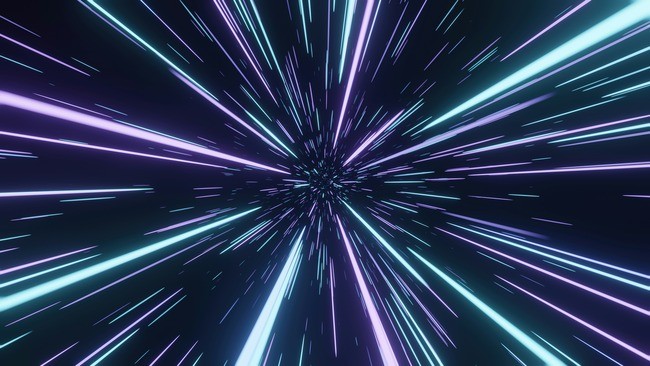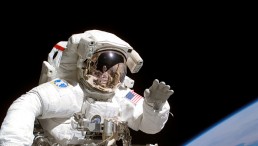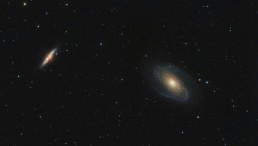Physicists have unveiled an innovative concept for a warp drive driven by positive energy. This concept might advance humanity's quest for faster-than-light travel and has echoes of science fiction from Star Trek. The latest strategy opens up fresh possibilities for interplanetary travel while addressing long-standing issues.

(Photo: Unsplash/Anton Filatov )
Inspired From a Sci-Fi Series
The USS Enterprise, introduced in the "Star Trek" universe, can travel at superluminal speeds at warp drive. This concept was therefore established, and it fuelled the curiosity of the scientists to research it. The first Alcubierre warp drive was introduced in 1994 by the Mexican physicist Miguel Alcubierre. If his calculations were accurate, a spacecraft could travel faster than the speed of light by compressing spacetime in front of it and stretching it in back. It may reach "arbitrarily fast" velocities thanks to its "warp bubble," and the occupants would feel no acceleration forces.
Despite its theoretical appeal, theAlcubierre drive had a major obstacle: it needed "negative energy," a type of exotic stuff that does not exist in our universe. Negative energy behaves counterintuitively, exhibiting properties like negative mass and anti-gravity, making it impossible to harness with current technology.
Applied Physics, a think tank located in New York City, has created a unique method that complies with established physics rules and uses positive energy. The group, led by Gianni Martire and Jared Fuchs, has proposed a warp drive concept that generates a warp bubble using conventional but extremely dense matter.
ALSO READ: Bending the Spacetime Continuum, Scientists Develop Model for Light-Speed Space Warp Drive
Positive Energy: A Recipe for the Warp Bubble
The recent work in the journal Classical and Quantum Gravity describes this positive-energy system in detail, and it is a significant step towards feasible warp travel. Unlike negative energy, positive energy can be used to build the warp bubble. Without creating internal acceleration forces, the bubble's thick layer of matter produces the gravity required to move the spacecraft forward. This makes the trip stable and smooth, like taking a lift. Spacetime is compressed in front of the ship and expanded behind it by the bubble, allowing for quick transit while passengers perceive regular time progression.
The Applied Physics group used the Warp Factory computational program to model the warp drive spacetimes. This toolbox calculates the energy conditions needed for different warp drive designs and assesses Einstein's field equations. Their research produced a miniature version of a positive-energy warp drive, proving that the energy needed depends on the bubble's shape-flatter bubbles requiring less energy.
Pacific Northwest National Laboratory physicist Erik Lentz emphasizes the potential of this development. Although the team's present models are subluminal, they move slower than light-they think that with additional advancements, light speed may one day be reached or even surpassed.
What is the Speed of Light?
The speed of light, or c, is a fundamental constant in physics that is approximately 300,000 km/s in a vacuum. Depending on the material, it slows to 225,000 km/s in water and 200,000 km/s in glass. Euclid and Alhazen first researched this, and it advanced significantly in the 17th century. Ole Roemer estimated the speed to be 220,000 km/s in 1676. James Bradley increased it to 301,000 km/s in 1728.
Armand Fizeau and Leon Foucault refined measurements even more. Albert Michelson's investigations supported Einstein's theory of relativity, which was confirmed at 299,853 km/s. The meter is defined by its 1983 value of 299,792.458 km/s.
The warp drive model powered by positive energy is a huge breakthrough, even though there are still many lapses. Even if the new tech doesn't reach light speed initially, it is still a significant advancement over the existing techniques. In contrast to today's fastest spacecraft, which would take 75,000 years to reach Alpha Centauri, a spaceship traveling at half the speed of light could do so in nine years.
The team studying Applied Physics believes humanity is on the brink of embarking on interplanetary travel. They suggest that the concept of warp drive travel might soon transition from science fiction to reality. Martire remarked that although an engine is not yet available, there is optimism, as they "see the light at the end of the tunnel."
RELATED ARTICLE: Warp Drives Travel "Star Trek" Style Nearly Possible, Says Scientists; Faster Than Light Speed Breaks Physics Laws
Check out more news and information on Space on Science Times.














